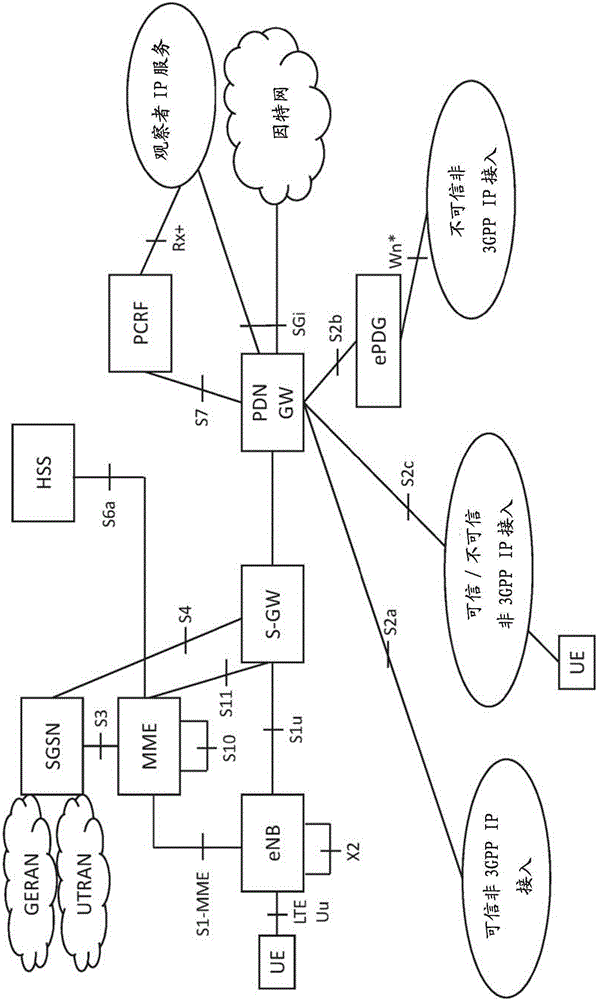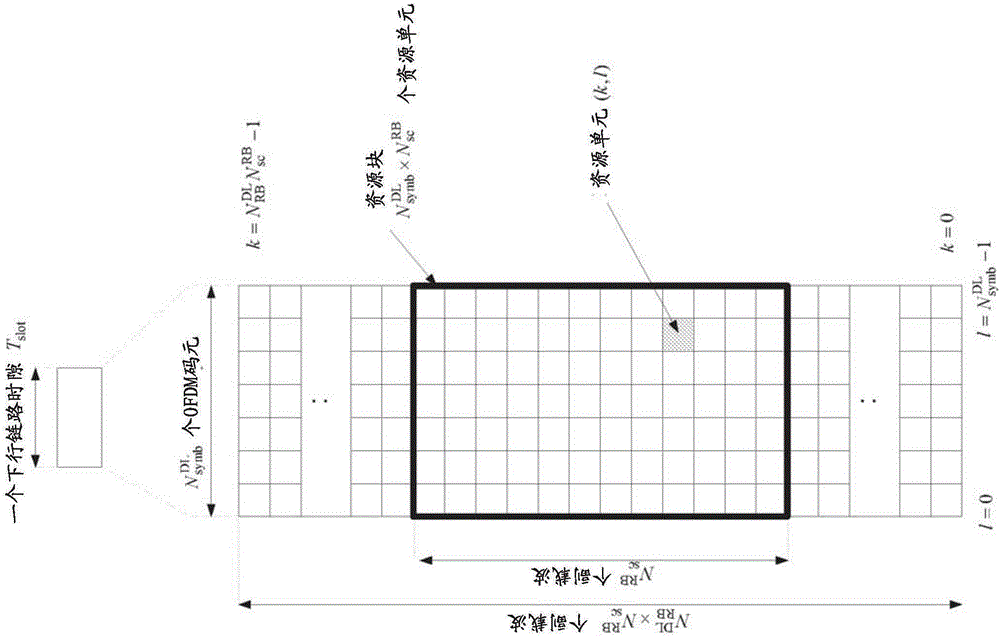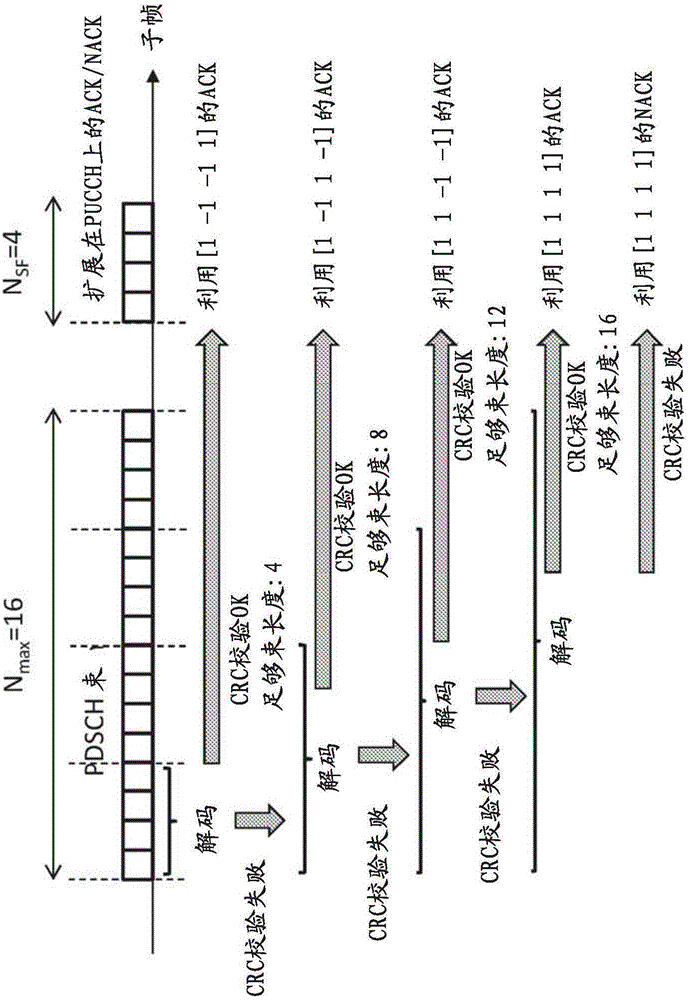Conveying number of required HARQ repetitions for coverage enhancement
A technology of sending times and predetermined times, applied in transmission systems, digital transmission systems, sub-channel allocation of transmission paths, etc., and can solve problems such as reduced spectral efficiency and downlink transmission.
- Summary
- Abstract
- Description
- Claims
- Application Information
AI Technical Summary
Problems solved by technology
Method used
Image
Examples
Embodiment approach
[0096] A data transmitting device (such as an eNodeB in LTE, or typically a base station or a network node) can then use the fed back beam length information Ne to control the applied transmit beam size N, i.e. adapt the transmit beam size N to future downlink transmissions (for example, in the outer ring). Specifically, the data transmitting device may generate control information indicating a new transmission beam length N and send it to the data receiving device, and apply the signaled transmission beam length when transmitting other data parts. Such control information may be conveyed within higher layer messages. Then, the data receiving device may transmit confirmation of the newly set transmission beam length from the data receiving device to the data transmitting device. As mentioned above, such signaling may be performed by radio resource control protocols at radio bearer establishment and / or at reconfiguration. However, the invention is not limited to this implemen...
PUM
 Login to View More
Login to View More Abstract
Description
Claims
Application Information
 Login to View More
Login to View More - R&D
- Intellectual Property
- Life Sciences
- Materials
- Tech Scout
- Unparalleled Data Quality
- Higher Quality Content
- 60% Fewer Hallucinations
Browse by: Latest US Patents, China's latest patents, Technical Efficacy Thesaurus, Application Domain, Technology Topic, Popular Technical Reports.
© 2025 PatSnap. All rights reserved.Legal|Privacy policy|Modern Slavery Act Transparency Statement|Sitemap|About US| Contact US: help@patsnap.com



